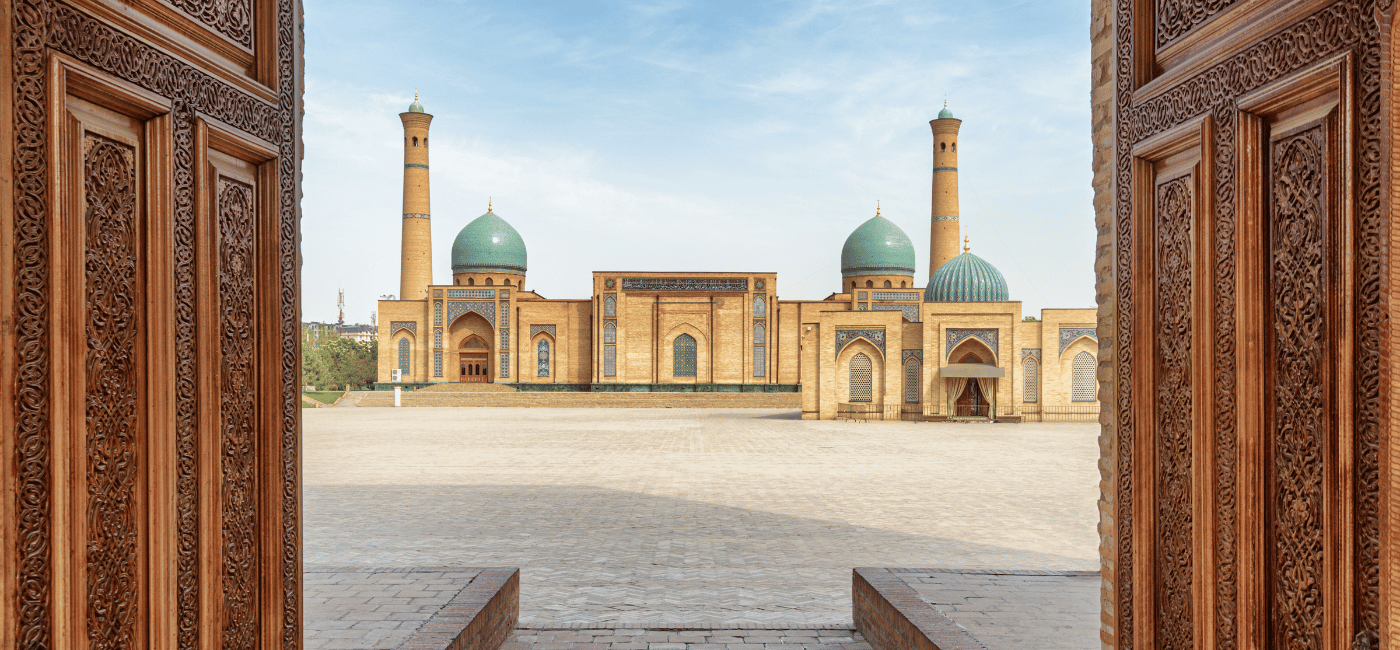Muyi Muborak Madrasah in Tashkent

Muyi Muborak Madrasah
The Muyi Muborak Madrasah, also known as the Moyie Mubarek Library Museum, is a revered 16th-century Islamic institution located within the Hazrati Imam Complex in Tashkent, Uzbekistan. Its name translates to "Sacred Hair," a reference to the relic it is believed to house - a hair of the Prophet Muhammad.
Historical Significance
Constructed in the 16th century, the madrasah has served various roles over the centuries, including functioning as a khanqah (a place for Sufi gatherings). Today, it stands as a testament to Uzbekistan's rich Islamic heritage, attracting scholars and visitors alike.
Architectural Features
The madrasah showcases traditional Islamic architecture, featuring a winter dome mosque and a summer pillared terrace. Its design reflects the architectural styles prevalent during its time of construction, offering insights into the region's historical aesthetic sensibilities.
Cultural and Religious Significance
Beyond its architectural beauty, the Muyi Muborak Madrasah holds immense cultural and religious importance. It houses the Osman Quran (also known as the Uthman Quran), a 7th-century manuscript considered one of the oldest existing copies of the Quran. This sacred text is preserved in a bulletproof, climate-controlled sarcophagus within the madrasah.
Additionally, the madrasah's library boasts a collection of approximately 20,000 books and manuscripts, making it a significant repository of Islamic literature and scholarship.
Visiting Information
Located near the Gafur Gulyam metro station in one of Tashkent's oldest districts, the Muyi Muborak Madrasah is accessible to visitors interested in exploring Uzbekistan's Islamic heritage. Photography inside the building is restricted to preserve the integrity of its artifacts.
A visit to the Muyi Muborak Madrasah offers a profound insight into the spiritual and cultural fabric of Tashkent, providing an opportunity to engage with some of the Islamic world's most treasured artifacts.
List of Top Sights to See in Tashkent

